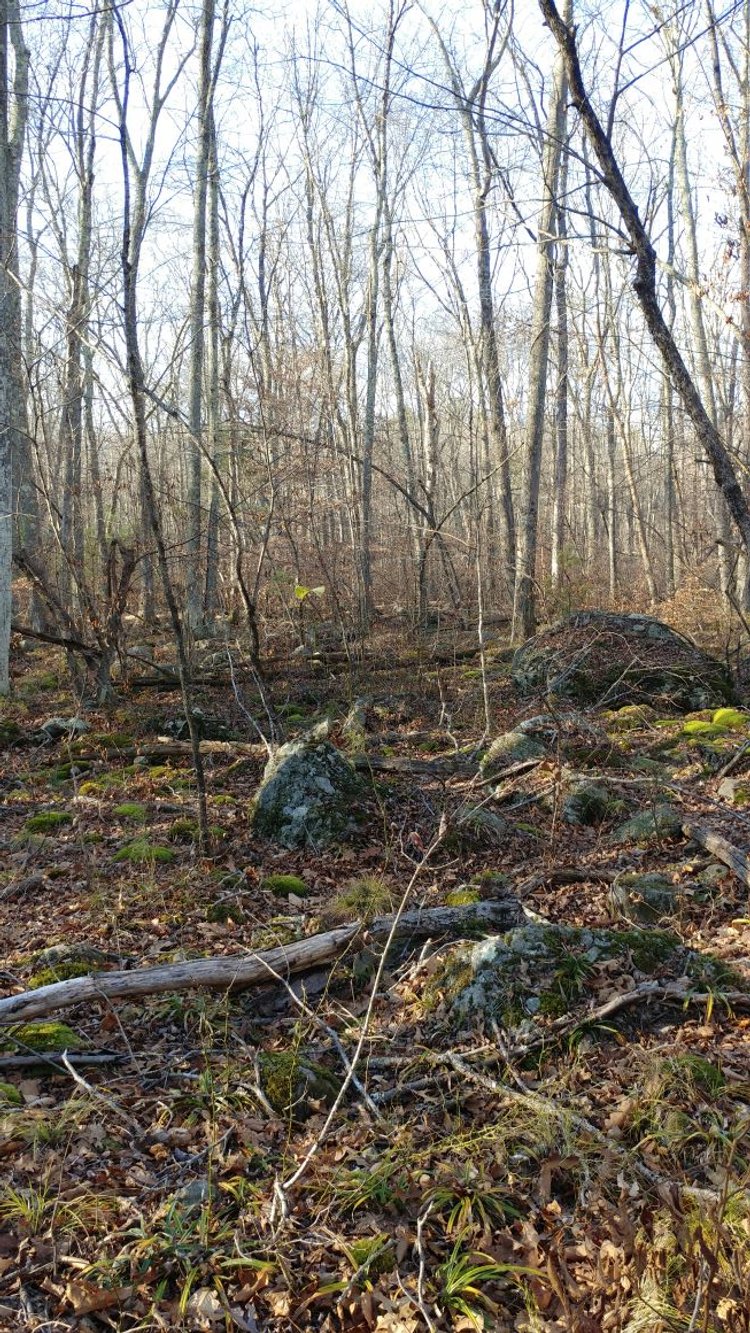What is a Swamp?
Easy! Swamps are gross, mosquito-infested mud traps… right?
This knee-jerk reaction most of us have to the word swamp (say it out loud – it even sounds awful!) is based on centuries of unfounded fear and loathing. Legends like Britain’s Jenny Greenteeth or the nearby Hockomock Swamp ghosts, who haunt swamplands searching for victims, perfectly capture our disdain for these seemingly useless wastelands.
But what is a swamp, really? Like so many questions, the answer depends on whom you ask.
From a scientific perspective, swamps are forested wetlands. Dominated by trees or shrubs, swamps are permanently saturated with mineral-rich water that either moves very slowly, or doesn’t move at all.
Swamps may not be appealing real estate to most humans, but they are home to numerous plants and animals. Several bird species find refuge here during migration or while raising their young, taking advantage of the abundant resident amphibians, invertebrates, fish, reptiles, and yes, insects. In fact, their calm waters make swamps ideal nurseries for all sorts of creatures. Coastal swamps are actually referred to as “nurseries of the ocean,” due to the wide variety of marine animals that spawn here.
Colonial Americans and their descendants have viewed swamps as either obstacle or opportunity. Between draining, filling, and deforestation, we have erased about half of the 221 million acres of wetlands that were once scattered across our country’s landscape. Some of the animals who depended on those ecosystems have also been lost, such as Bachman’s warbler and the Carolina parakeet.
In the 18th and 19th centuries, Rehoboth’s own swamps played an important part in the New England economy. Harvested annually by rugged locals who braved harsh winter conditions, the trees in Squannakonk Swamp, Bad Luck Swamp, and Manwhague Swamp were used for everything from cedar shakes to oyster poles. Unfortunately, this logging all but eradicated the old growth Atlantic white cedar in Rehoboth, and most of our swamps are now dominated by red maple trees.
Because of the pervasive cultural aversion to swamps, they have often meant safety to those in hiding, such as runaway slaves and Indigenous Americans. Most well known locally is of course Anawan Rock, at the northern end of Squannakonk Swamp, where Wampanoag sachem Anawan and other followers of the defeated sachem Metacom (a.k.a. King Philip) were captured. According to Tilton’s History of Rehoboth, the swamp provided such effective cover that Captain Church and his soldiers wouldn’t have been able to find the camp if they hadn’t been led there by two of Anawan’s own band.
Fortunately, most legislation now recognizes swamps and other wetlands as what they truly are: indispensable – and not only for protecting wildlife, but humans too. Wetlands help fight climate change by naturally suppressing decay and trapping greenhouse gasses that would otherwise be released. They protect coastlines from storms and erosion, minimize flooding by absorbing excess rainfall, and serve as a natural water filtration system. Federal and state agencies are now prioritizing wetland restoration across the country, including local projects in Plymouth, Worcester, and on the Cape.
Of course, we could have saved ourselves a few centuries of trouble by seeking guidance from the local Indigenous peoples, who value many of the plants that grow in swamps as food and medicine. The language of the Abenaki, a tribe who originally lived throughout New England, innately recognizes the importance of wetlands by calling them “gardens” or “medicine fields.”
Expand your swamp horizons by visiting The Roy Wheaton Horton Preserve, which comprises a substantial portion of Squannakonk Swamp. This historic land was donated to the Rehoboth Land Trust by the late E. Otis Dyer, who described Rehoboth’s swampland as “an oasis of wildlife, solitude and beauty for our community.”

